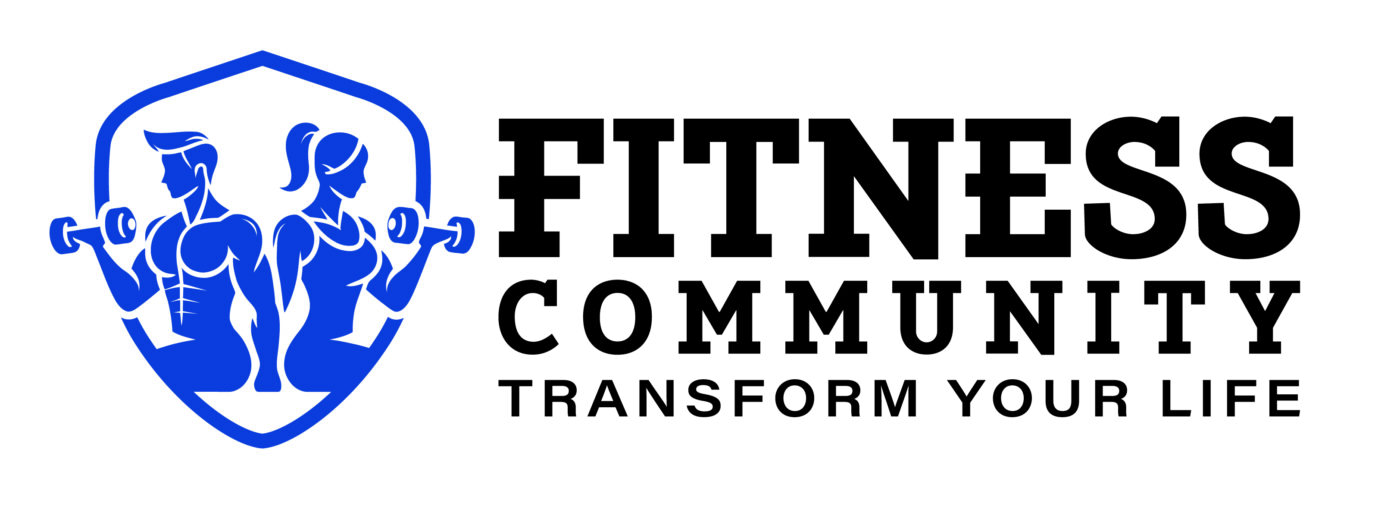CARDIOVASCULAR FITNESS
Reducing Cardiovascular Death Risk in Hypertensive Men: The Impact of Fitness Levels
A recent 29-year study published in the European Journal of Preventive Cardiology suggests that high levels of fitness may decrease the risk of death from cardiovascular disease in men with high blood pressure. This study, the first of its kind, examines the combined effects of fitness and blood pressure on the likelihood of dying from cardiovascular disease. The findings indicate that being physically fit can help counteract some of the negative consequences of high blood pressure.
Hypertension, or high blood pressure, affects nearly 1.3 billion adults aged 30 to 79 worldwide and is a significant risk factor for heart attacks, strokes, and premature death. Previous research has shown a link between high cardiorespiratory fitness and increased longevity. The current study investigates the interplay between blood pressure, fitness levels, and the risk of cardiovascular death.
The study involved 2,280 men between the ages of 42 and 61, residing in eastern Finland, who participated in the Kuopio Ischaemic Heart Disease Risk Factor Study. Baseline measurements were conducted from 1984 to 1989 and included assessments of blood pressure and cardiorespiratory fitness, measured by maximum oxygen uptake during stationary bicycle exercise. Blood pressure was categorized as normal or high, while fitness levels were classified as low, medium, or high.
At baseline, the participants’ average age was 53 years. The study followed them until 2018, with a median follow-up period of 29 years. During this time, 644 deaths from cardiovascular disease occurred. The researchers analyzed the risk of cardiovascular death after adjusting for various factors, including age, body mass index, cholesterol levels, smoking status, diabetes, coronary heart disease, use of antihypertensive medication, alcohol consumption, physical activity, socioeconomic status, and high sensitivity C-reactive protein (a marker of inflammation).
The results revealed that, independently, high blood pressure was associated with a 39% increased risk of cardiovascular death compared to normal blood pressure levels. Similarly, low fitness levels were linked to a 74% higher likelihood of cardiovascular death compared to high fitness levels.
To assess the combined effects of blood pressure and fitness on the risk of cardiovascular death, the participants were divided into four groups: 1) normal blood pressure and high fitness (used as the reference group for comparison), 2) normal blood pressure and low fitness, 3) high blood pressure and high fitness, and 4) high blood pressure and low fitness.
Men with high blood pressure and low fitness had more than double the risk of cardiovascular death compared to those with normal blood pressure and high fitness. Even when men with high blood pressure had high fitness levels, their increased risk of cardiovascular death persisted, although to a lesser extent. Their risk was 55% higher than that of men with normal blood pressure and high fitness.
According to Professor Jari Laukkanen, the study’s lead author, “Both high blood pressure and low fitness levels were each associated with an increased risk of cardiovascular death. High fitness levels attenuated, but did not eliminate, the increased risk of cardiovascular mortality in men with elevated blood pressure.”
The findings suggest that individuals with high blood pressure should prioritize controlling their blood pressure levels while also striving to improve their fitness through regular physical activity. In addition to exercise, maintaining a healthy weight can enhance fitness levels. The study aligns with ESC guidelines, which recommend that adults engage in at least 150 to 300 minutes of moderate-intensity aerobic activity or 75 to 150 minutes of vigorous-intensity aerobic activity each week to reduce the risk of all-cause death, cardiovascular death, and illness.
In conclusion, the study emphasizes the importance of both blood pressure management and physical fitness in reducing the risk of cardiovascular death. By adopting regular physical activity, individuals can enhance their fitness levels and potentially offset some of the negative effects of high blood pressure on cardiovascular health.

